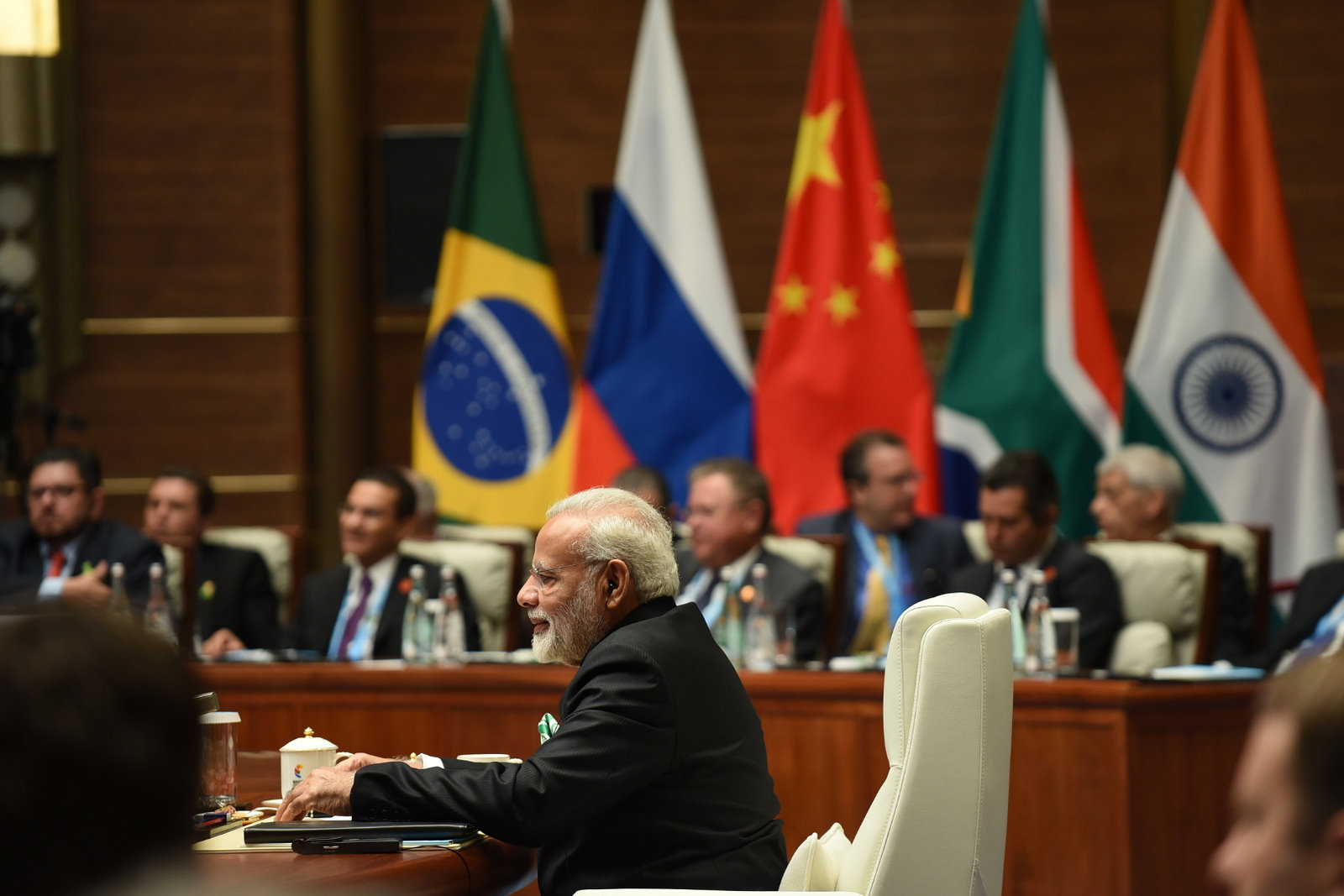
Today, India’s partnership is increasingly sought after by major powers due to India’s expanding foreign policy ambitions. Russia and the United States, in particular, have vied for the top spot in India’s foreign policy interests, especially in the defense sector. In response to these geopolitical changes, India has consciously adopted a policy of multi-alignment to avoid overly depending on a single partner.
Despite this policy of broad engagement, it appears that the United States is fast becoming India’s preeminent partner, threatening to undermine its outward policy of multi-alignment. As such, India should remember that given the present upheaval in geopolitical relations, India’s multi-alignment strategy is a pragmatic approach that has upheld the country’s strategic autonomy. While pursuing closer U.S.-India ties will help advance Indian interests, it is important to understand how this partnership fits into India’s multi-alignment strategy of protecting India’s autonomy in international affairs.
Slow burn: Growing U.S.-India ties
The collapse of the Soviet Union in 1991 ushered in a new geopolitical reality for India as it adjusted to the loss of a closer partner and counterweight to the United States. In response, India took appropriate action to diversify its international partnerships, including with the United States as it emerged as the sole superpower on the world stage.
Beginning with President Bill Clinton’s visit to India in 2000, which ended the isolation following India’s nuclear weapons test in 1998, U.S.-India relations slowly overcome their Cold War baggage. Under the George W. Bush administration, the United States and India signed a “new framework” for their defense relationship in 2005 that called for coordination on efforts related to defeating terrorism and protecting freedom of commerce via land, air, and sea lanes.
The watershed moment, however, came in 2008 with the signing of the U.S.-India civil nuclear energy deal. In granting India a waiver in the Nuclear Suppliers Group (NSG), India obtained the unprecedented ability to gain the benefits of civil nuclear commerce without forfeiting its nuclear weapons program. The United States has followed up on its support by consistently advocating for India’s membership in the NSG in the Obama and Trump administrations. The United States’ strong criticism of Pakistan’s failure to crack down on terrorist organizations in its territory is also a welcome development for New Delhi.
These achievements in the bilateral relationship took place alongside India’s efforts to modernize its military through diversifying its defense procurement practices. In doing so, the United States emerged as a strong challenger to Russia’s traditional dominance of India’s defense trade. In 2016, the United States granted India the new title of “major defense partner” of the United States, aimed at facilitating defense trade and technology sharing with India on par with a U.S. ally. Towards this end, India and the United States signed the Logistics Exchange Memorandum of Agreement (LEMOA) that same year, allowing both countries’ militaries to access designated facilities for refueling and replenishment.
Finally, there is also a growing geopolitical alignment between U.S. and Indian interests in the Indo-Pacific. China’s rise in Indo-Pacific region is seen as a common threat by both countries. China’s territorial claims in South Asia and South East Asia, inroads into Indian Ocean region, and robust economic initiatives through its Belt Road Initiative have further led to growing proximity between the two countries. This changing geopolitical context has led India and the United States to work in tandem in the Indo-Pacific region by conducting trilateral and, perhaps, quadrilateral joint military exercises along with Japan and Australia.
Counseling caution through multi-alignment
Given the context above, it is evident that despite India’s call for engagement with multiple partners, the United States has seemingly emerged as a dominant partner. However, impediments in bilateral relations may hamper closer ties in the long-run. Today, there is still a level of mutual distrust in the relationship. On India’s part, despite knowing that India is viewed as critical in counter-balancing China, fears of a U.S.-China “grand bargain” or G2 are very real and could leave a major impact on U.S.-India relations.

Despite strong defense ties, restrictions in technology transfers continue to act as a straight-jacket to greater U.S.-India defense trade. As a result, India should not abandon defense ties with other defense partners and Russia, in particular, given the latter’s resurgence in advanced military technology and its willingness to engage in joint production and unrestricted technology transfers with India.
In sum, multi-alignment has allowed India to forge deeper ties with the United States while simultaneously maintaining its network of global partners, including Russia, and working cooperatively in such groups as BRICS and the Shanghai Cooperation Organization. Given that the United States may fall short in playing a proactive role in India’s foreign policy goals, multi-alignment should continue to guide Indian strategic thinking as the means of advancing India’s national interests and strategic autonomy.
***
Image 1: MEAphotogallery via Flickr.
Image 2: MEAphotogallery via Flickr.


